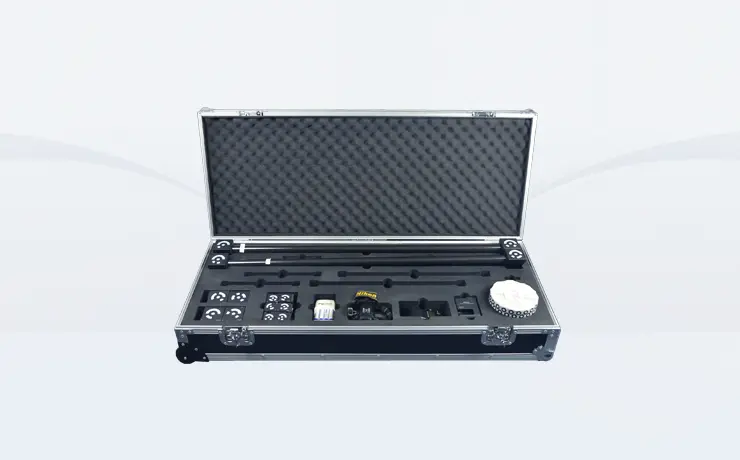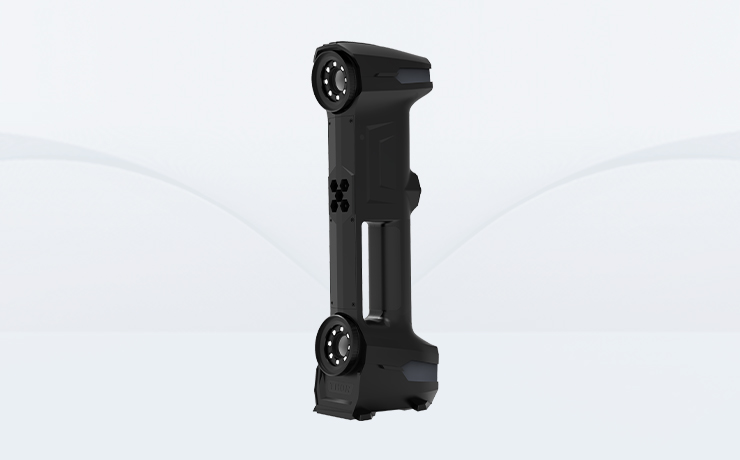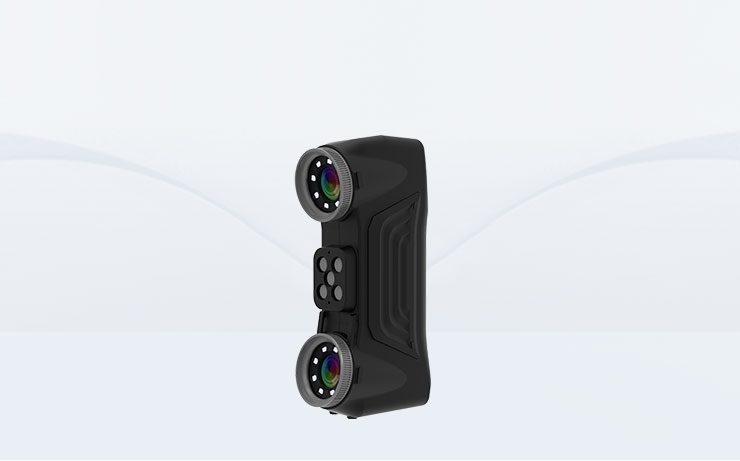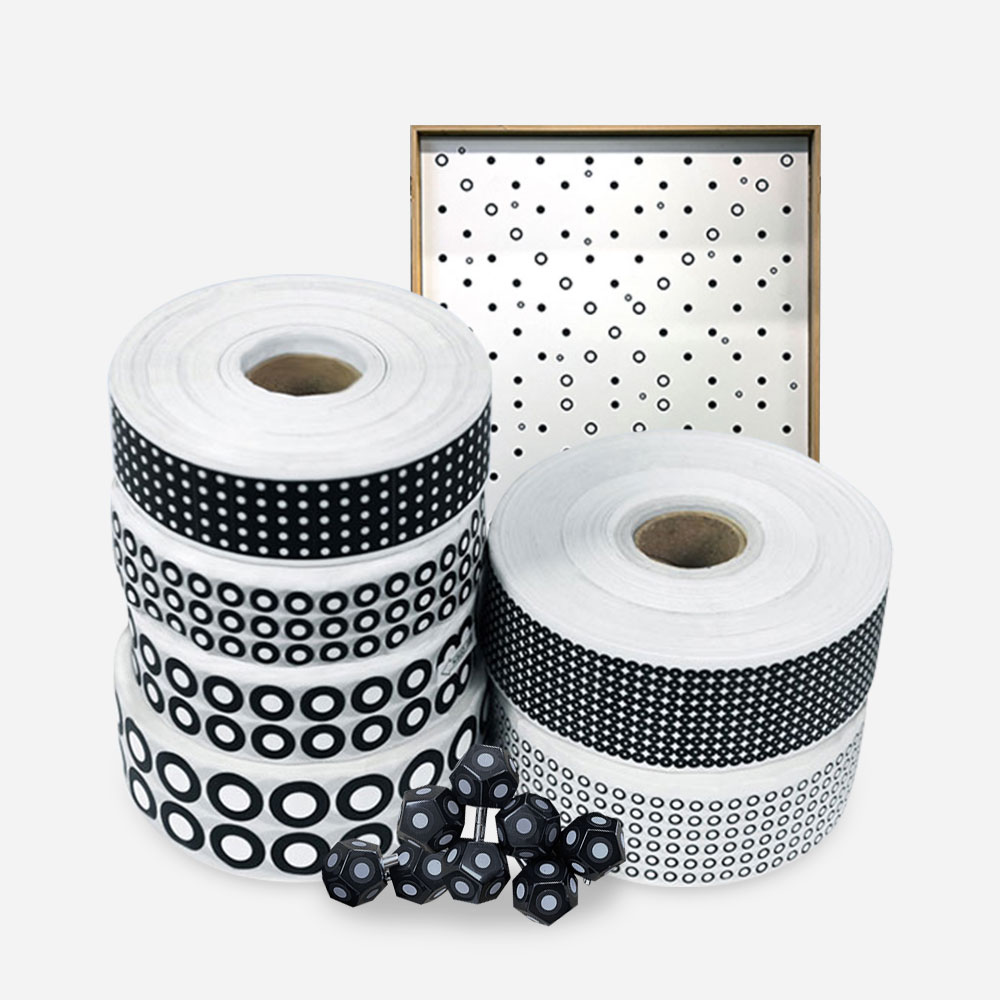- A +
- A
- A -
"Use new remote sensing technology to achieve full coverage and closely monitor every move of geological disasters." Recently, a well-known international journal published the research results of China University of Geosciences - "Architecture and New Progress of Integrating Multiple Remote Sensing Technologies for Comprehensive Monitoring of Landslides", which has attracted widespread attention internationally.
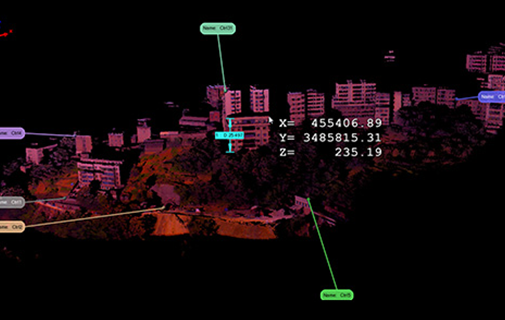
According to reports, my country is a country where geological disasters occur very frequently and disaster losses are extremely serious. Landslides, collapses, and debris flow disasters are almost everywhere in the mountainous and hilly areas of all provinces across the country, and their active area accounts for about 45% of the land area. The key to geological disaster management and forecasting is long-term monitoring, and continuous and reliable surface deformation monitoring is an important part and effective means of geological disaster monitoring and early warning. New high-precision remote sensing technology is an effective means to improve the accuracy and comprehensiveness of geological disaster monitoring.
The research team used a geographical information platform to integrate new remote sensing technologies, including ground three-dimensional laser scanners, GPS, aerial images and satellite images, to achieve comprehensive coverage and comprehensive diagnosis of the Huangtupo landslide, a typical landslide in the Three Gorges Reservoir area.
The 3D laser scanner obtains information such as the spatial position, reflection intensity and color of the object surface contacted by the laser point by actively emitting and receiving laser signals. The point cloud data collected at high speed and high density can completely reflect the characteristics of the object being measured. surface morphology.
Using high-density panoramic scanning of ground-based three-dimensional laser scanners, we can understand the detailed deformation and overall changes of landslides in detail, which has broad application prospects in landslide disaster monitoring and forecasting.
By installing GPS detection piers at specific locations, continuous displacements at these locations can be obtained to analyze the overall deformation of the landslide. The technology can obtain extremely precise subtle deformations and improve deformation monitoring accuracy.
Aerial images and satellite images can analyze the overall situation of landslides at different scales and ranges and produce landslide catalog maps. Geographic information technology can effectively integrate data sources from different sensors to achieve spatial analysis and application.
